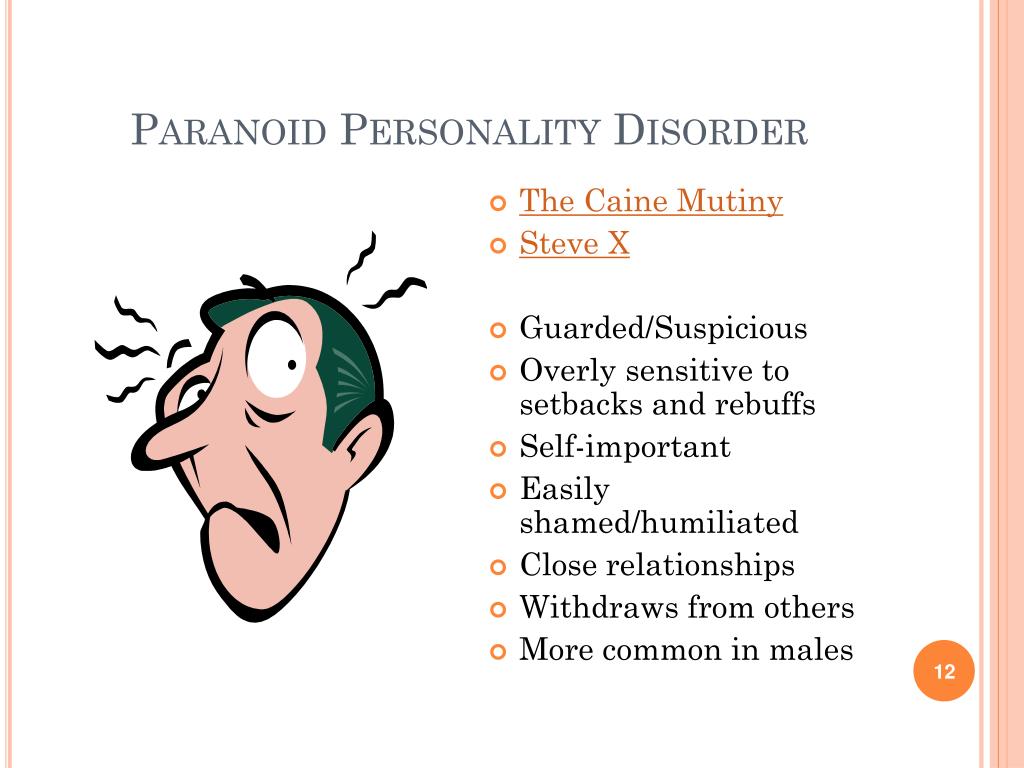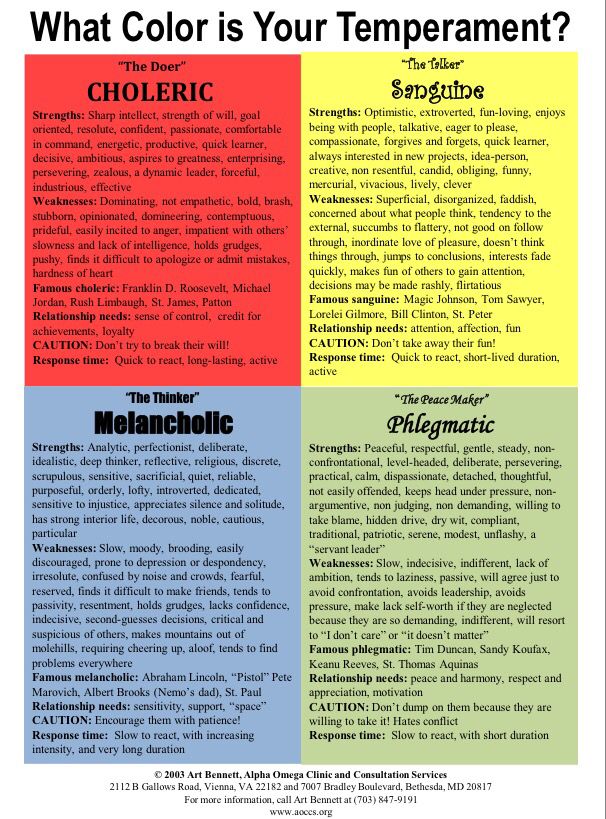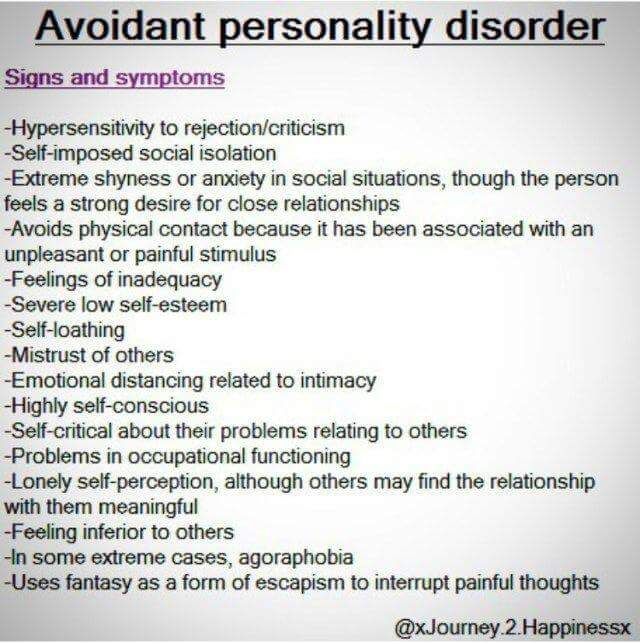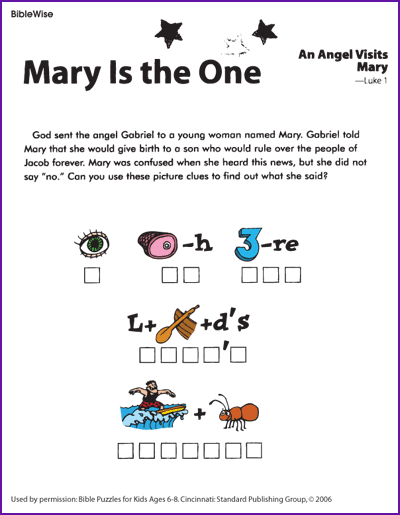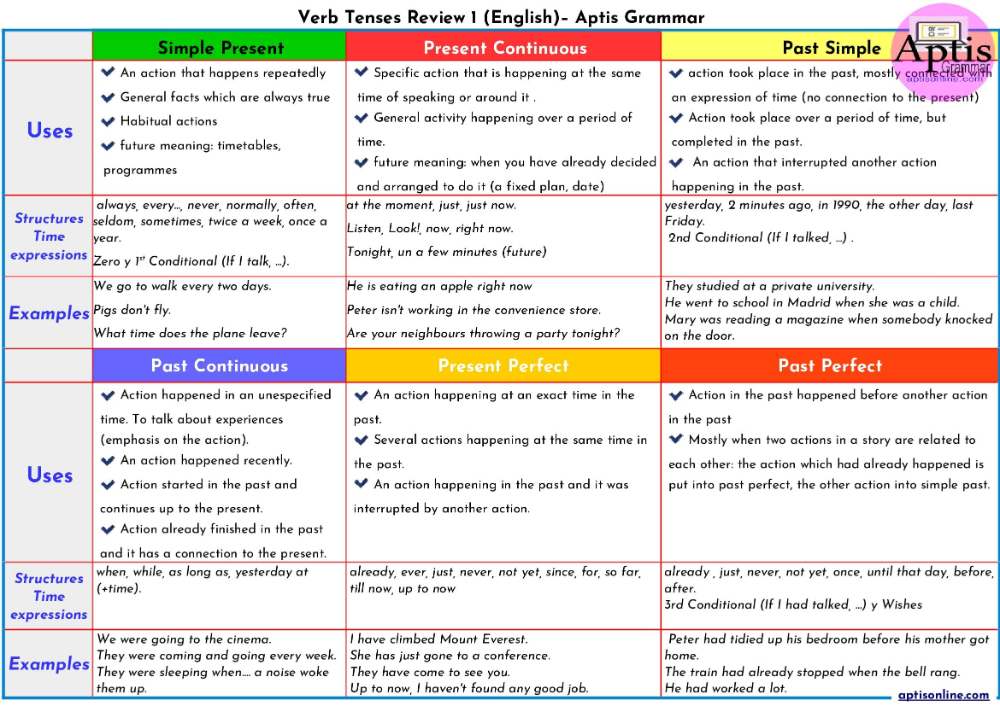Love and romantic relationships
Making Sense of Love and Romantic Relationships
Over the years, I have tried to write articles that help people at different stages of dating and relating. We have explored the research on how and where to meet potential partners, as well as how to start a new relationship with them. I have also discussed ways of preventing infidelity and maintaining commitment in long-term relationships.
While this step-by-step approach to love and relationships is important to solve immediate dating and relating problems, it does leave some "big picture" questions unanswered. For example, people often debate the relative importance of developing physical attractiveness versus highlighting more unique personality features and interests. They wonder why playing hard to get works in some situations and not others. They are often confused about why they are sometimes picked for friendships, but not as romantic partners.
All of these issues can be understood a lot more clearly, however, by first learning the basic dimensions and dynamics involved in love and romantic relationships. Therefore, in this article, we will look at the research concerned with those big picture explanations—and how they relate to the investments and trade-offs we all make to find and keep love.
Basic Dimensions of Love and Relationships
Within the research literature, intimate relationships have generally been studied from an emotional perspective and a more logical social exchange view as well...
Looking at romantic relationships from an emotional perspective, Hatfield and Rapson (1993) propose that there are two types of love—Passionate and Companionate. Passionate Love is characterized by intense emotions, obsessive thoughts, and a desire for union with a romantic partner. This is the feeling people are describing when they talk about being lovesick, obsessed, or infatuated with a partner. In contrast, Companionate Love is characterized by an emotional attachment and affectionate feelings toward a partner with whom the individual's life is deeply intertwined. This is the feeling people are describing when they talk about being comfortable, trusting, and intimate with a partner.
This is the feeling people are describing when they talk about being comfortable, trusting, and intimate with a partner.
Exploring romantic relationships from a more evaluative and exchange-based perspective, however, Montoya and Horton (2014) conclude that there are also two dimensions involved in interpersonal attraction—Capacity and Willingness. Capacity is an evaluation of the partner's ability to facilitate the individual's goals and needs. Essentially, this is a pros-and-cons assessment of the partner, including the competencies and resources they possess. In contrast, Willingness is an evaluation of the partner's motivation to facilitate the individual's goals and needs. This is an assessment of the partner's likelihood of sharing their competencies and resources, including their morality and cooperation in an interdependent relationship.
Taken together, we can see that people are of two minds when making decisions about potential dates, mates, and relationship partners.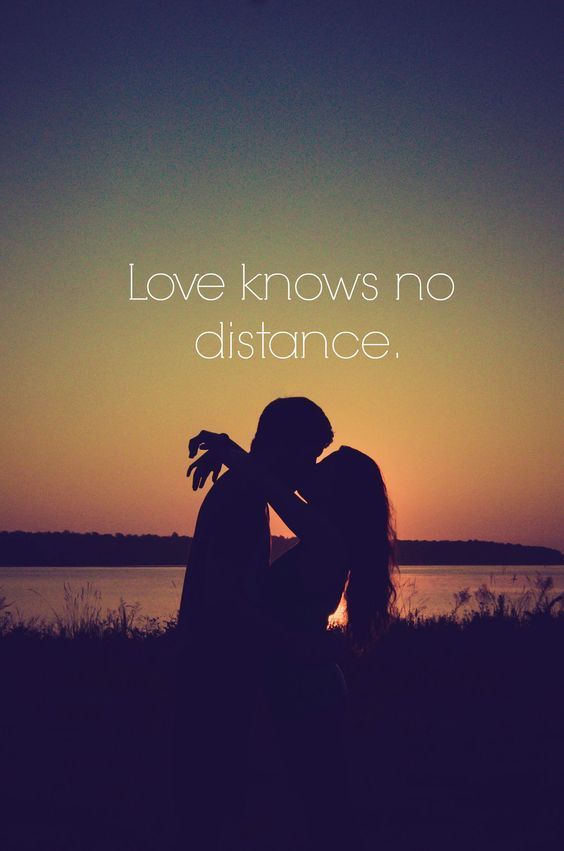 On one hand, they consider the various ways a partner makes them feel on an emotional level. On the other hand, they think about the various trades and exchanges a partner provides on a practical level.
On one hand, they consider the various ways a partner makes them feel on an emotional level. On the other hand, they think about the various trades and exchanges a partner provides on a practical level.
Making Sense of Love and Relationships
By evaluating relationship choices on these emotional and practical levels, it is possible to make some sense out of seemingly confusing and contradictory romantic behaviors. For example, we can now see why individuals may make various trade-offs when choosing a mate. We can also explain why we may have very different criteria for what we find emotionally appealing in a partner versus what we find compatible with our lives.
With this perspective, we can also see how the step-by-step development of relationships balances these various dimensions. For example, we often build an emotional connection through touching and making eye contact early in dating, as well as work toward building a more practical rapport through conversation. In more established relationships, we may give gifts, while also building an emotional sense of gratitude for each other.
In more established relationships, we may give gifts, while also building an emotional sense of gratitude for each other.
Whatever stage or step you are on in your romantic relationship, it helps to evaluate things from both an emotional and a practical perspective. If your relationship starts to feel too much like a business partnership or dispassionate friendship, perhaps it is time to spice things up with an exciting activity together. If your relationship feels like it is lacking in substance and not meeting the needs of yourself and your partner, however, then perhaps it is time to pay more attention to the actual practical exchange between you both. Overall then, by considering and balancing these emotional and practical dimensions, you can build a more loving and satisfying intimate relationship.
Make sure you get the next article: Click here to sign up to my Facebook page.
© 2016 by Jeremy S. Nicholson, M.A., M.S.W., Ph.D.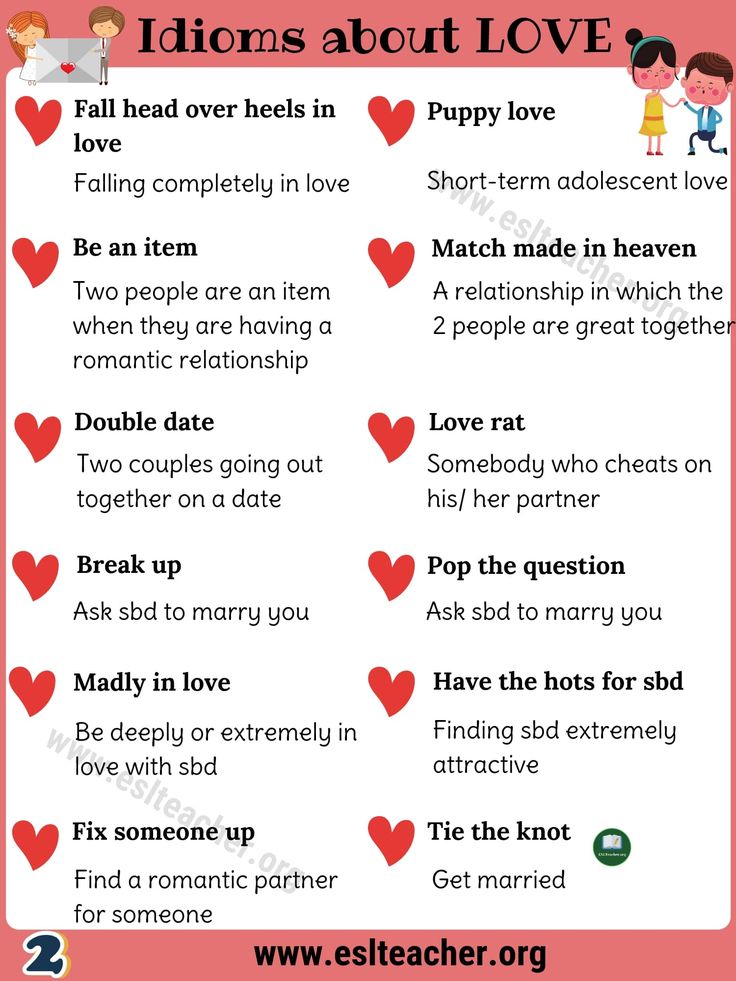 All rights reserved.
All rights reserved.
6 Basic Types Of Romantic Relationships & How To Define Yours
What is a relationship?
A relationship is any kind of association or connection between people, whether intimate, platonic, positive, or negative. Typically when people talk about "being in a relationship," the term is referencing a specific type of romantic relationship involving both emotional and physical intimacy, some level of ongoing commitment, and monogamy (i.e., romantic and sexual exclusivity, wherein members don't have this type of relationship with anyone else). That said, romantic relationships can take many different forms, from marriage to casual dating to ethical nonmonogamy.
There are four basic types of relationships: family relationships, friendships, acquaintanceships, and romantic relationships. Other more nuanced types of relationships might include work relationships, teacher/student relationships, and community or group relationships. Some of these types of relationships can overlap and coincide with one another—for example, two people can be both work colleagues and close friends. There are also many variations within each category, such as codependent friendships, sexless marriages, or toxic family members.
Some of these types of relationships can overlap and coincide with one another—for example, two people can be both work colleagues and close friends. There are also many variations within each category, such as codependent friendships, sexless marriages, or toxic family members.
Advertisement
This ad is displayed using third party content and we do not control its accessibility features.
Basic types of relationships:
- Familial relationships, aka family members or relatives
- Friendships
- Acquaintances
- Sexual relationships
- Work or professional relationships
- Teacher/student relationships
- Community or group relationships
- Place-based relationships, such as neighbors, roommates, and landlord/tenant relationships
- Enemies or rivals
- Relationship to self
Types of romantic relationships.
There are many different relationship labels people use to define their relationship to themselves and to others, but below are a few of the main basic types of romantic relationships:
Advertisement
This ad is displayed using third party content and we do not control its accessibility features.
1.
Dating
Dating is the process of intentionally spending time with someone to get to know them better, have fun together, and enjoy being romantic. Dating can sometimes be about seeing if there's potential for a more long-term relationship, or it can just be about having fun without expectations for the future, which is sometimes called casual dating.
Not everyone agrees on what level of commitment is implied when two people say they're "dating." Some people only use the term when there's already a defined, committed relationship in place, whereas others use the term to mean they're simply exploring to see if there's relationship potential.
2.
Committed relationship
In the context of couples, the phrase "in a relationship" usually means being in a committed, long-term romantic relationship. A committed relationship is one where two or more people agree to continue being in a relationship for the foreseeable future. There's an understanding that the two will continue to spend time together, work on growing their relationship with each other, and continue nurturing their connection. People in committed relationships may choose to use identifiers like boyfriend, girlfriend, or partner to signify their relationship to others.
People in committed relationships may choose to use identifiers like boyfriend, girlfriend, or partner to signify their relationship to others.
In traditional monogamous relationships, being in a relationship also means that a couple will be romantically and sexually exclusive—that is, they won't have any other romantic or sexual partners other than each other. In nonmonogamous relationships, exclusivity isn't required.
Marriage is one form of committed relationship wherein a couple publicly vows to stay together and forms a legally binding union.
Advertisement
This ad is displayed using third party content and we do not control its accessibility features.
3.
Casual relationship
A casual relationship is a relationship where two or more people may be dating, regularly spending time together, and engaging in romantic or sexual activities—but without any expectations for the relationship to last into the future. These types of relationships are usually more situational and short-term, and they may or may not be exclusive.
People in casual relationships usually do like each other and are attracted to each other, though there may not be an intense emotional connection or desire to deepen the connection. Whereas people in committed relationships may see each other as life partners, people in casual relationships may not be as integrated into each other's lives. They typically won't use terms like boyfriend, girlfriend, or partner.
4.
Casual sex
A casual sex relationship is one where two or more people spend time together primarily to have sex with each other. They might see each other regularly for sex, or they may have sex once and never see each other again. They may like each other and enjoy each other's company, but they're not interested in a romantic relationship with each other. Usually, there's no emotional connection, or the connection is distinctly platonic or friendly, as in a "friends with benefits" situation.
Advertisement
This ad is displayed using third party content and we do not control its accessibility features.
5.
Situationship
A situationship is a romantic relationship that hasn't been explicitly defined, usually by omission. The relationship may have many of the same qualities as a committed relationship, a casual relationship, or dating, but the people involved have simply not put labels on it—usually intentionally, whether that's to avoid making things too complicated, because they're still figuring out what they want from each other, or because they're too afraid to bring up the "DTR talk" (aka a conversation defining the relationship).
Generally speaking, situationships usually have more emotional involvement than a friends-with-benefits scenario but not the explicit romantic feelings and commitment of a committed relationship.
While relationships without labels work great for some people, situationships can often happen because the two people aren't on the same page about what they want or because there's an assumption that the relationship will be short-term enough for it not to matter.
6.
Ethical nonmonogamy
Ethical nonmonogamy is a broad umbrella term for any relationship where people can have multiple romantic and sexual partners at the same time. It includes polyamory, open relationships, relationship anarchy, and many other types of relationships between more than two people. Ethically nonmonogamous relationships can be casual, committed, open, exclusive, dating-only, sex-only, or some combination of these categories, and people in these relationships may or may not use terms like boyfriend, girlfriend, or partner to describe each other.
The 7 types of relationships, according to psychology.
One framework for romantic relationships in psychology, known as Sternberg's triangular theory of love, identifies three main components of love: passion, intimacy, and commitment. Passion refers to feelings of excitement and attraction, intimacy refers to feelings of closeness and connection, and commitment refers to the ongoing decision to stay in and nurture the relationship. Depending on which of these three elements are present, a couple can find themselves in one of seven different types of relationships:
Depending on which of these three elements are present, a couple can find themselves in one of seven different types of relationships:
- Infatuation: passion only
- Friendship: intimacy only
- Empty love: commitment only
- Romantic love: passion + intimacy
- Fatuous love: passion + commitment
- Companionate love: intimacy + commitment
- Consummate love: passion + intimacy + commitment
Developed by psychologist Robert Sternberg, Ph.D., and fellow researchers throughout the 1980s and '90s, this relationship framework has been validated by research across 25 different countries1.
How to define a relationship.
When it comes to dating, romantic relationships, and sex, it's important for partners to be transparent about what type of relationship they want and to make sure they're on the same page.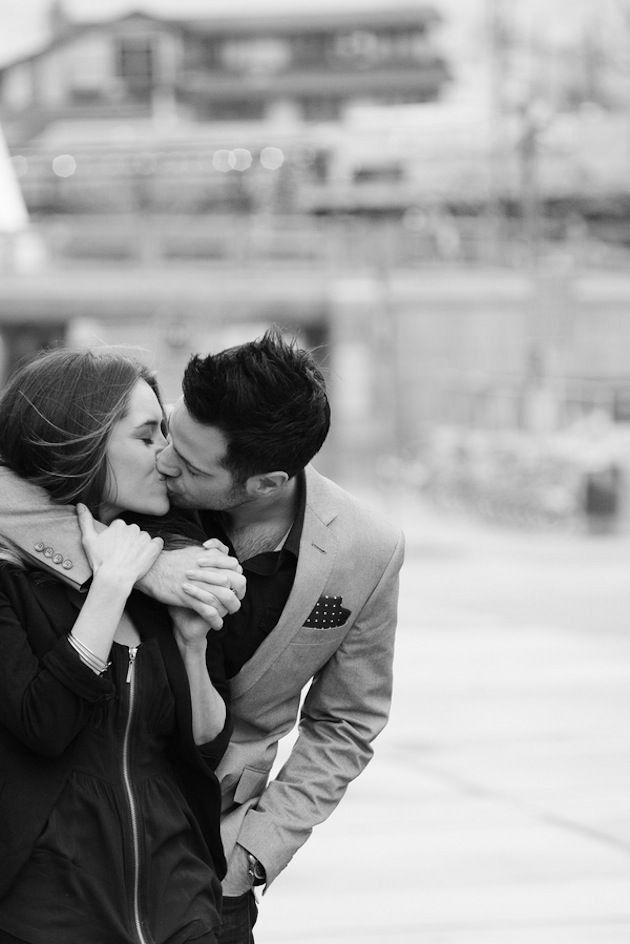
Here are a few questions to ask each other to define the relationship:
- What do you want from this relationship? Something casual and in-the-moment? Something more future-oriented? Not sure yet and just want to explore for now?
- Are you looking for a long-term relationship? If so, do you see potential here?
- Are you seeing other people?
- Are there romantic feelings here? Are we interested in exploring those feelings, or do we want to keep things more casual?
- How often do we want to talk and see each other?
While these questions can feel intimidating or too serious, choosing to avoid these questions means you're just choosing to make assumptions rather than hearing the truth.
"People form commitments [and] expectations even without labels," sex and relationship therapist Shadeen Francis, LMFT, once told mbg. "Not talking about the terms of your relationship does not mean you don't have one."
And remember: Defining the relationship does not necessarily mean you need to enter into a serious or committed relationship. Defining the relationship is simply about clarity.
Defining the relationship is simply about clarity.
"Some people may choose not to label their relationship because they're afraid of being tied down too quickly or in a place where they feel trapped," relationship therapist Shena Tubbs, MMFT, LPC, CSAT-C, once told mbg. "However, one should understand that you maintain full autonomy of yourself in every relationship you're in, and you are the one who is responsible for communicating what you need, what you want, and what you don't want. So if you feel you're at a place where you cannot (or don't want) to date one person exclusively, that should be communicated to your partner so that [they] can make a decision about whether that works for them."
Here’s our full guide to DTR, or defining the relationship, plus a bunch of relationship labels to consider.
What is romance in a relationship and what is it not?
Have you ever wondered if romance is equally important to you and your life partner? In marriage, we often notice that romance is going through a crisis of its significance.
When I first got married, my husband Robbie preferred to express his romanticism right in the middle of fights. He probably hoped it would calm the smoke coming out of my ears, but it didn't work.
Years later, we have not come to a common understanding of what romance is. I often remind him that watching the news on the couch while he checks his social media accounts while I pursue my new hobby does not equate to "quality time" spent together. He can't understand why the whole hours spent next to each other mean nothing? And I assure you, this is not only his case.
I was recently contacted by a gentleman named Don * about an article I wrote about romance some time ago. His wife was deeply disappointed in him, although in his vision, he gave her hours of attention. And since they were both working from home, he spent much more time with her than before. Don thought that was enough, but when he wanted to go hunting or fishing with friends, his wife got upset.
Neither Don nor my husband knew how to make us women happy. After discussion with them and several other women who were in a state of dissatisfaction, I came to the conclusion that romance is misunderstood - neither husbands nor wives know what it really means. They are sure of one thing: they miss her. According to them, it is especially frustrating when countless attempts to talk about it lead to nothing.
I think many couples don't agree on their understanding of romance. You can analyze a topic for a whole day, but until you come to a common definition of its meaning, you cannot claim to have reached agreement on this issue.
What is not romance?
Before proceeding to the definition, let's figure out together what romance is not.
- Romance does not mean love
- Love does not mean sex.
In any relationship, love is much more important than romance. Love is spiritual, it is a connection, it is an obligation, it is a noble promise made to each other. If someone thinks, "My partner doesn't love me because he never does anything romantic," he better put that lie out of his mind. The apostle John said, "Let us not love in word or tongue, but in deed and in truth." (1 John 3:18)
If someone thinks, "My partner doesn't love me because he never does anything romantic," he better put that lie out of his mind. The apostle John said, "Let us not love in word or tongue, but in deed and in truth." (1 John 3:18)
I want to confess that there is nothing "romantic" about bringing home a salary, doing household chores or raising children. There is nothing interesting in caring for a sick partner or experiencing the grief of loss. It is not at all romantic to maintain a relationship, it would be much easier to refuse them. However, all this testifies to love in its deepest form. Romance can be created at any time by anyone, but true love can only be achieved through the couple's determination and hard work.
Sex can be romantic. Solomon said, "These are three things that I can't explain, even four that I don't understand: the way of an eagle in the sky, the way of a snake on a rock, the way of a ship in the sea, and the way of a man to a girl" (Proverbs 30:18-19). Think about what Solomon described: when a girl first has an intimate relationship with her husband, he should be meek, patient, and unselfish with her. He cannot think only of himself. He needs to be gentle with her, to relax her, and for this he needs to make her feel safe.
Think about what Solomon described: when a girl first has an intimate relationship with her husband, he should be meek, patient, and unselfish with her. He cannot think only of himself. He needs to be gentle with her, to relax her, and for this he needs to make her feel safe.
It is obvious that a married woman is no longer a virgin, but the need to feel that her partner cares for her and that she is safe with him during intimacy are things she needs to experience throughout her marriage. It is very beautiful to appreciate the body of your beloved, look into her eyes and whisper something beautiful and intimate to her. The intimacy and connection that results from an intimate relationship is supernatural, as long as it is within the God-given boundaries.
But sex can also be very unromantic - selfish, one-sided and cold. If one of the partners transforms the purpose of sexual intercourse into the satisfaction of their own pleasures, this kills romance. Many women who are treated in this way will have forced sex or use it as a negotiating tool. By doing so, neither partner will reap the lasting benefits of intimacy.
By doing so, neither partner will reap the lasting benefits of intimacy.
Another aspect related to this topic is the "romance for sex" schema. This understanding implies the following: "I offer you something romantic, and you offer me sex instead." If this is the reason behind the romantic gesture, the partner will reveal it sooner or later. In this case, the actions are manipulative, not romantic.
What is romance
Romanticism is an expression of appreciation and value. He says "You are special to me and I want to celebrate in your honor"! Romance is a way to let your partner know that you don't take his love for granted.
Do you remember that beginning of your relationship before marriage? Do you remember such romantic gestures as sending a bouquet of flowers, preparing for a meeting, planning a surprise, dancing? All this was hardly a close expression of love - how can you love someone you barely know?! Instead, romantic gestures made to the other person signaled to them that you saw something special in them that made them different from others.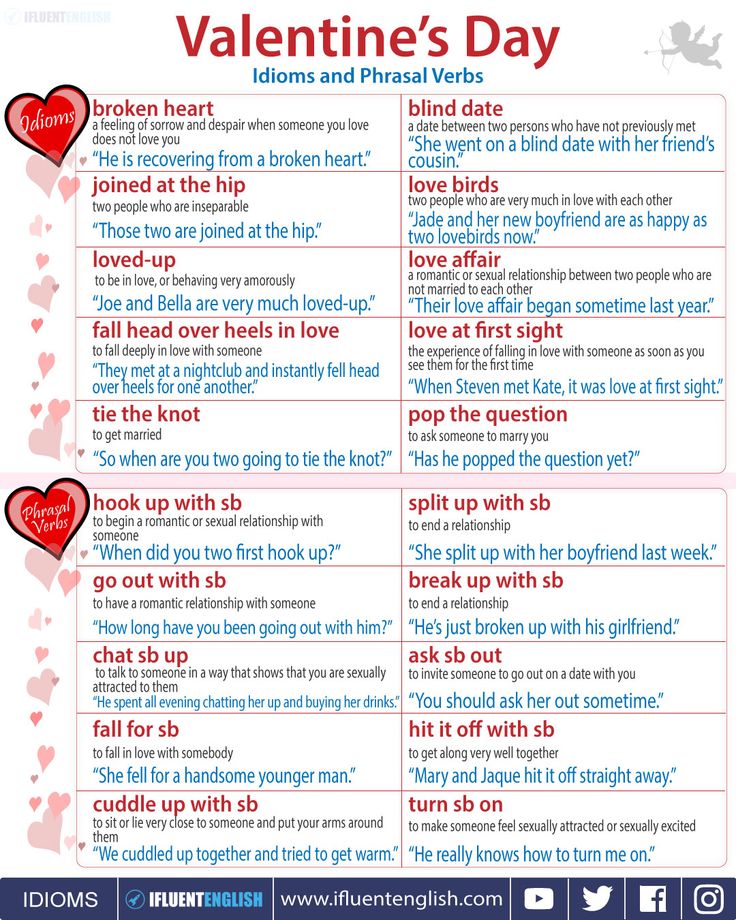
This pre-marriage set of romantic overtones was designed to win over your loved one, attract them, and bring them closer to you. And now that he's yours, what's the point of romance after marriage?
What a good question! Once you know what romance is, you will be able to understand three reasons why it remains important even after marriage.
- Romance in marriage says: “You are just as important to me!”
- Romanticism says: "I know you!"
- Romance indicates that you do not consider your partner's love to be only his responsibility.

Your partner wants to know that you are still worried about his happiness. He would like to know that you continue to notice the value he or she brings to your life. Romance indicates that you can still make sacrifices for your loved one. For this reason, flowers and walks together are important: take your time or spend your hard-earned money to buy a gift or organize an event for your spouse. What really matters is the intent.
Everyone wants to know and be known. This is how God created us. And in marriage, we want to see the realization of this knowledge. Women don't just want flowers, they want you to know that they are their favorite flowers. And the husband doesn't just want sex, he wants to know that you still find him attractive, that you enjoy being around him. We all want our life partners to love us both inside and out, we want to know that they appreciate us, that they appreciate both our personality and our quirks.
And in marriage, we want to see the realization of this knowledge. Women don't just want flowers, they want you to know that they are their favorite flowers. And the husband doesn't just want sex, he wants to know that you still find him attractive, that you enjoy being around him. We all want our life partners to love us both inside and out, we want to know that they appreciate us, that they appreciate both our personality and our quirks.
The Bible often uses the verb "know" as a euphemism for intimacy, and this gives marriage the status of a unique relationship. These two don't just know each other, but they really know each other well; they understand each other deeper, more intimately and more personally than any other person on the planet. And this is much more than theoretical knowledge - it is knowledge at the level of the heart. How else can we express deep feelings of love other than through romance?
Marriage expert Dennis Rainey once said that marriage is like two boats in the ocean. If you turn off both engines, the boats will naturally move away from each other.
In the same way, if in a marriage the efforts to remain emotionally close (that is, with the engines running) are not made by both parties, one day, when the children are already grown and fly away, you may suddenly realize that you are strangers to each other.
Romance gives the couple the opportunity to create special memories and strengthen the bond between them, so it will last for years, even when the children are no longer physically present to bond.
So how do you add a touch of romance to a relationship?
What exactly can be romantic in a relationship depends on the personality and preferences of the partners. Romance is different for every couple. One of my friends doesn't like flowers: she thinks it's a waste of money, she prefers to ride. Another loves it when her husband cleans the kitchen while she takes a bath.
When Don asked me for advice, I told him that his wife would rather spend more time with him than just be aware of his physical presence in the house. There is no need to take her shopping or take her for a walk in the park.
One of the most enjoyable trips that Robbie and I went on was fishing. I have never seen him more in love with me than when I pulled out a trout weighing about 1.5 kg. Success lies in getting to know your partner better.
Men, 1 Peter 3:7 says, "Husbands, treat your wives wisely." This means knowing her favorite flowers and colors and being mindful of what makes her happy.
To women Ephesians 5:33 says, "Let the wife honor her husband." Appreciate his hobbies and interests. Let him tell you what he likes and use that knowledge to show him how much you appreciate him.
Romance requires work, sacrifice and time, but such efforts have a good result. It may not work for you at first, but any effort and effort to help your partner feel truly that you know them is like a seed of love that will bear fruit throughout your life.
*names changed
source: familylife.com
LEARN MORE ABOUT CHRISTIANITY Ask a question
The science of love: how relationships are built
It would seem that your romantic relationship has improved, but after a while another decline begins. And that's okay, because people change. Despite the speed of change, there are still components to love, which were described by the American psychologist Robert Sternberg. In an open lecture from the Faculty of Psychology of the Higher School "Learning Environment" as part of the "In the Environment" project, he spoke about the phenomenon of love from the point of view of science and considered the process of forming love relationships.
Robert Sternberg
American psychologist, professor of psychology at Cornell University (one of the largest and most famous universities in the United States, part of the Ivy League), member of the editorial board of the journal American Psychologist.
 In the past, he was Dean of Science and Arts at Tufts University, Professor of Psychology and Education at Yale University, and President of the American Psychological Association (APA).
In the past, he was Dean of Science and Arts at Tufts University, Professor of Psychology and Education at Yale University, and President of the American Psychological Association (APA). Components of love
Each of us at different stages of life faces problems in relationships. As the American psychologist Robert Sternberg noted, he was never good at love matters, so it was important for him to understand the phenomenon of love. Based on their research in 19In 1986, the psychologist proposed a three-component theory of love, which was tested in 25 countries.
The main components of a love relationship are intimacy, passion and commitment. Together they form a love triangle.
Triangle of love
Intimacy: connection, trust, care, respect, exchange, compassion.
Passion: a strong need to be with a person, possessiveness, the inability to imagine your life without your partner.
Commitment: the decision to be with a person always, despite all possible problems.
Each component of love manifests itself at different times. In childhood, we learn intimacy - we have the first friends with whom we share our secrets. The feeling of passion covers in adolescence. During the period of the first loves, we lose our heads and completely dissolve in the object of our desires. Obligations overtake us in adulthood.
In a relationship, the components of love can be represented equally, or one component can dominate - the triangle can be balanced or unbalanced.
Involvement in relationships
If a person is really involved in relationships, then he makes efforts to maintain and develop them. This is reflected in intimacy, passion, and commitment, so with the help of a love triangle, we can evaluate the involvement in a relationship.
When a person is involved in a relationship, all the components of love are in the right places: intimacy, passion and commitment are at the right level, so a triangle of the required shape is formed.
Perfect Engagement
There may be a situation where a person lacks intimacy, passion or commitment. There is a desire to get more than you currently have - this is typical of insufficient involvement.
Under-involvement
In an over-involvement situation, on the contrary, you get much more than you need, so such relationships begin to oppress and frighten you.
Overinvolvement
Also, the shape of the triangle may not match the shape you would like. This happens when the desires and interests of partners do not coincide. For example, there may be a lot of passion in a relationship, but there is a need for intimacy.
Wrong involvement
How the components change over time
At the beginning of a relationship, when you first get to know each other, intimacy grows, but at a certain point it reaches a plateau. This is inevitable, so for all couples at this point, the question arises: can they restore intimacy to the previous level, or are they satisfied with the current level?
Passion, like intimacy, grows at the beginning of a relationship. It acts as a motivation, so over time, like any other motivation, it fades away. It is also possible to view passion as an addiction that becomes more and more difficult to satisfy over time: if at first one cup of coffee invigorates and gives you strength, then over time you will need two cups of coffee to achieve this effect.
It acts as a motivation, so over time, like any other motivation, it fades away. It is also possible to view passion as an addiction that becomes more and more difficult to satisfy over time: if at first one cup of coffee invigorates and gives you strength, then over time you will need two cups of coffee to achieve this effect.
Change in time is characteristic not only for the components of love, but also for some of its attributes. Over time, the relationship increases in importance:
-
value exchange;
-
desire to change in response to partner's requests;
-
willingness to endure each other's shortcomings;
-
similarities of religious beliefs.
In turn, there is a decrease in interest in each other, the importance of communication with the partner's parents, and partners are less likely to listen carefully to each other.
Varieties of love
Not all three components may be present in a relationship, so different combinations give different types of love.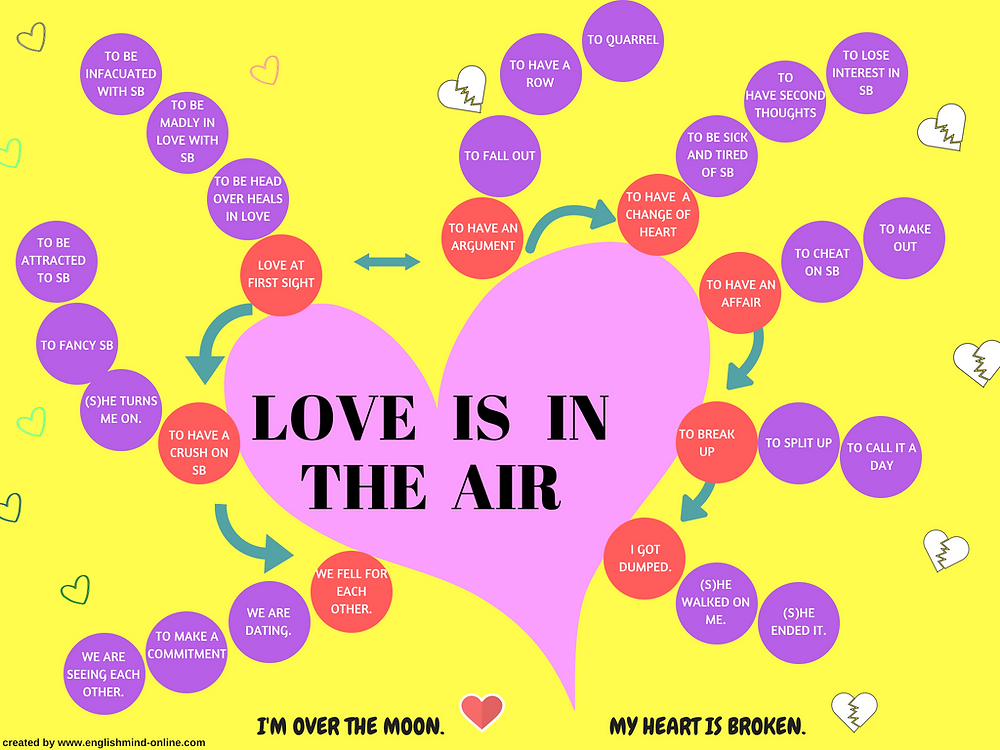
Types of love
-
Sympathy: a person feels only closeness and respect towards another, which is characteristic of good friendship.
-
Falling in love: arises due to a flash of passion, without the appearance of intimacy and obligations, subsides as suddenly as it appears.
-
Empty love: love without passion and intimacy. Some forms of love eventually transform into empty love.
-
Romantic love: At this stage, there is intimacy and passion in the relationship, but no commitment to sustain the relationship.
-
Friendly love: a type of love that can be seen in long marriages.
-
Fatal love: it can be both simple courtship and marriage, but in this love, obligations are built only on passion.
-
Perfect love: the ideal relationship that people aspire to.
The image of the ideal partner
Each of us has ideas about how we would like to see our soul mate: how it should look like, how to behave, etc. People's problems arise due to a discrepancy between what they want and what they have: ideas about our ideal partner do not coincide with reality.
People's problems arise due to a discrepancy between what they want and what they have: ideas about our ideal partner do not coincide with reality.
Studying the relationship between a real and an ideal partner, R. Sternberg came to the following conclusions:
-
Experienced sympathy and love do not depend on ideal ideas about a partner.
-
Your satisfaction in a relationship does not depend on how you treat your partner, but on the difference between what you want from your significant other and what you get.
-
Most often, your ideas about the thoughts and desires of your partner do not coincide with reality.
-
Your happiness in a relationship does not depend on your partner's thoughts and desires.
-
There is little connection between how partners feel in a relationship and how they feel.
-
The differences between the image of an ideal partner and a real partner are in many ways more important than the partner himself.

The main message of the study is that we can all be good partners. Much of what makes people happy does not depend on partners, but on their ideal images. Even if your partner is very good, but you have excessive demands, you will be unhappy in a relationship. On the other hand, if you do not demand much, then it is easier for you to build healthy relationships.
Love as a story
Love stories are all around us. We encounter them in cinema, in literature, in real life. We watch how the relationships of our parents, friends and, of course, our relationships develop.
Our experiences and needs form a pattern in our minds, the concept of the relationship we are looking for - a love story. Love stories play a huge role in our lives, but since they are perceived at the level of the unconscious, people often do not notice their influence.
Features of love stories:
-
Love, like any story, has a beginning, middle and end.
 The end can often be predicted from the beginning.
The end can often be predicted from the beginning. -
Love stories are not permanent, they are written, revised and rewritten.
-
All relationship views are filtered through stories.
-
We create our own stories and define what love means to us.
-
Everyone has a whole set of love stories.
-
Love stories have their own hierarchy. Some stories mean more to us than others.
-
Stories themselves are not right or wrong. For them, you need to use the concept of compatibility - your stories with your partner may or may not be compatible.
-
Your stories with your partner will never be identical.
-
When we meet a person, we try to form a relationship with him based on our love stories.
-
To change relationships, history itself must be changed. Otherwise, you will fight not with causes, but with consequences.
-
There are two roles in every story.
 Roles can be either symmetrical or asymmetrical.
Roles can be either symmetrical or asymmetrical.
There are popular and unpopular love stories.
Popular Love Stories:
-
Travel Story - Partners see the relationship as a journey they take together.
-
The history of the garden - the story is based on the idea that relationships must be constantly maintained and developed.
-
The story of the victim - in such stories, one partner constantly sacrifices something for the sake of the other.
-
The story of a democratic government - equality of partners in a relationship.
-
Historical story - for partners, the past plays a big role, which affects the present. The events of the past will never disappear and will always remind of themselves.
-
Humorous stories - partners do not take anything too seriously, and humor is the way to solve all problems.
Unpopular love stories:
-
Horror story - one of the partners terrorizes the other partner - the victim.

-
History of the "collection" - the selection of a partner is based on the criteria of the "collection" of previous partners.
-
The history of autocracy - one of the partners has all the power in the relationship.
-
Game Story - Stories are based on competition. In these stories, there are only winners and losers, if one partner is approaching victory, then the other is approaching loss.
-
Sci-fi story - in such stories, a person either looks for very strange partners, or he himself feels alienated and is looking for someone who will accept him as such.
Couples are happiest when their love stories match. Good relationships don't take as much as we think. The success of a relationship is based on the compatibility of the love triangle and love stories - if you are looking for the same thing, your relationship will be strong and reliable. It is important to understand your desires and those of your partner, and to make sure that they match.

